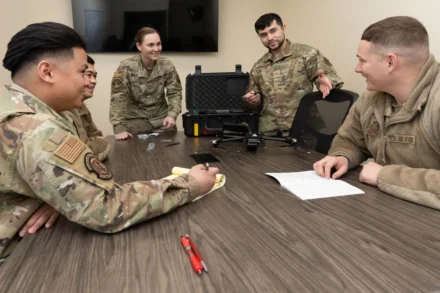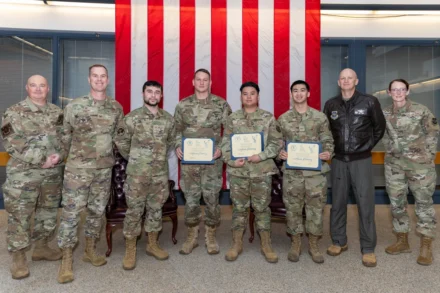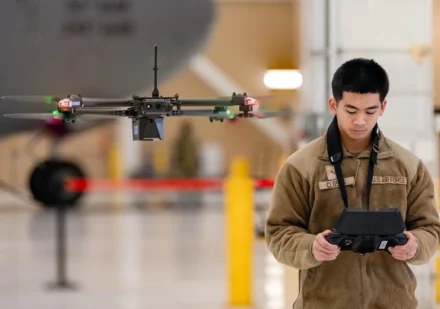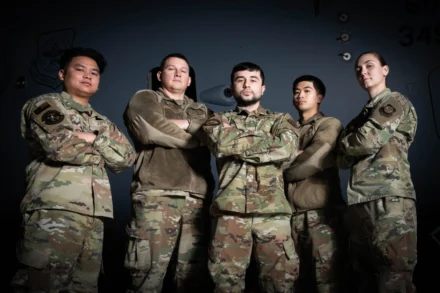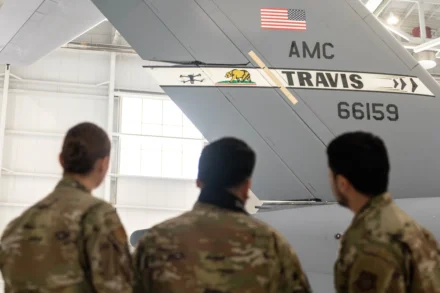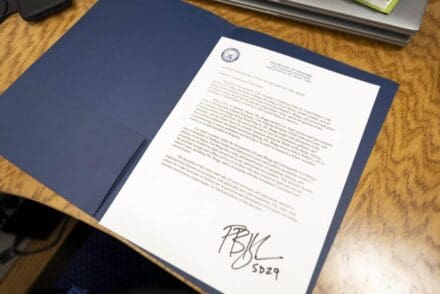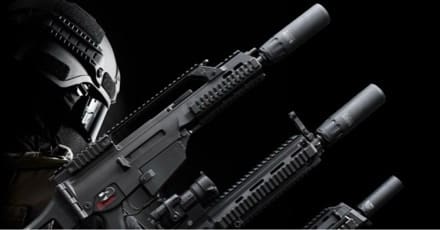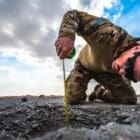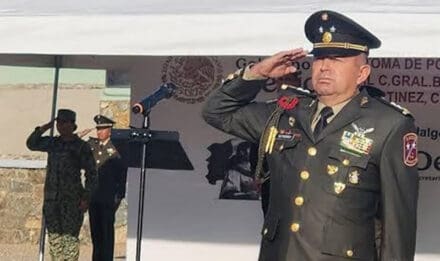
U.S. CENTRAL COMMAND AREA OF RESPONSABILITY (AFNS) —
The 379th Expeditionary Civil Engineer Squadron executed the Ninth Air Force’s largest-ever no-notice Rapid Airfield Damage Recovery exercise, setting a benchmark across the branch. The multi-day RADR exercise played a part in the broader Ninth Air Force (Air Forces Central) directed operation Agile Spartan 25-1.
The primary goal of RADR is to ensure airfields return to full functionality as efficiently as possible to maintain flight operations following an attack. The exercise involved Airmen assessing damage, clearing debris and repairing the airfield.
Squadron leadership developed a scenario by utilizing intelligence on real-world adversary munition capabilities in the theater. From there, the 379th ECES explosive ordnance disposal unit was tasked with cratering a mock runway using controlled detonations.
“We were alerted of a [simulated] attack and had to repair the airfield to facilitate the return of aircraft from a forward operating location,” said 1st Lt. Daniel Cunningham, 379th ECES operations flight deputy. “With minimal preparation time, we organized a team to evaluate the damage and construct a plan for complete repair within 48 hours.”
A typical RADR exercise would involve two simulated craters. This exercise had nine real craters, the largest being 60 feet by 35 feet, an unprecedented size for an exercise in a deployed location. This escalation in scope was specifically designed to test the limits of a single squadron’s capabilities, challenging predefined operational thresholds.
“We took the foundations of RADR framework and expanded on it, leaving us with a unique situation that required us to be innovative with the resources and constraints we had to work with,” said Master Sgt. Tyler Jones, 379th ECES heavy repair superintendent. “The scale of this exercise was uncharted territory for us.”
Adding an additional level of complexity, the exercise planning team simulated the loss of Jones, thereby removing his leadership and experience. This ‘inject’ forced personnel to step above their typical role, fostering leadership and accelerating growth in preparation of a contested zone.
“Losing [Jones] forced the squadron to come together with different units executing as a team,” said Staff Sgt. Noah Scott, 379th ECES pavements and construction equipment supervisor. “In a real-world scenario, there’s a possibility of losing anyone. If we lost the person in charge we’d have to adapt to continue the mission. This scenario threw us in a high-stress environment, ensuring everyone stepped up.”
With the time limit in place, Airmen within the squadron whose day-to-day duties did not encompass the skills required for RADR, were called upon to assist in the recovery process. Pavements and construction equipment specialists conducted on-the-spot training, demonstrating the flexibility of the Mission-Ready Airman concept.
By the 23rd hour of the exercise, the minimum operating strip was fully restored, allowing simulated aircraft to return more than 24 hours ahead of schedule. As the 379th Air Expeditionary Wingcontinues to shift from an expeditionary to an enduring mindset, Airmen participating in the exercise spent an additional four hours shifting expedited repairs for the exercise into permanent repairs that will enhance future recovery efforts.
“Repairing nine large craters with time to spare showcased Air Force Civil Engineer’s ability to adapt and rapidly respond to a large-scale attack,” said Lt. Col. Jonathan Needham, 379th ECES commander. “This team far exceeded my expectations and set a new standard for civil engineers across the Air Force. I am honored to lead such a talented and driven group of Airmen.”
By Airman 1st Class Zeeshan Naeem
379th Air Expeditionary Wing Public Affairs



